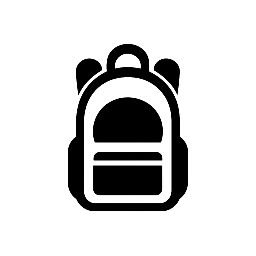In recent times, General Practitioners (GPs) have been facing an overwhelming surge in patients requiring emergency-level care. Medical peak bodies have raised alarms about this growing crisis, stressing the urgent need for increased subsidies to support longer consultations. With the healthcare system under considerable strain, GPs are struggling to manage this high volume of patients effectively.
The Rising Tide of Emergency Cases
The demand for emergency care has been steadily rising, putting immense pressure on GPs to provide immediate and comprehensive medical attention. This situation is exacerbated by a lack of resources and support, which limits their ability to offer the necessary care and follow-up for complex cases. The increasing number of patients seeking urgent medical help means that GPs are often stretched thin, trying to balance regular consultations with emergency cases.
Impact on Patient Care
When GPs are overwhelmed, the quality of patient care inevitably suffers. Longer waiting times and shorter consultation periods become common, leading to rushed diagnoses and treatment plans. Patients with chronic conditions or those requiring detailed assessments may not receive the thorough care they need, potentially worsening their health outcomes. The consequences of such a strained system are far-reaching, affecting not just individual patients but also the overall healthcare landscape.
Calls for Increased Subsidies
Medical peak bodies have been vocal in their demands for increased subsidies to support GPs. They argue that higher funding for longer consultations is essential to ensure that GPs can spend adequate time with each patient. This would enable them to provide more accurate diagnoses, comprehensive treatments, and better follow-up care. Without such financial support, GPs will continue to face significant challenges in managing the high patient load effectively.
The Role of Technology in Addressing the Crisis
Integrating technology into medical practices could offer some relief to overburdened GPs. Tools such as telehealth services, electronic health records, and advanced diagnostic software can streamline processes and help manage patient flow more efficiently. For instance, telehealth allows GPs to consult with patients remotely, reducing the need for in-person visits and freeing up time for more critical cases. However, the implementation of these technologies requires substantial investment and training, which further underscores the need for increased subsidies.
Looking Ahead
Addressing the emergency demand crisis faced by GPs is not a challenge that can be solved overnight. It requires a concerted effort from government bodies, medical associations, and the healthcare community at large. By recognizing the importance of GPs in the healthcare system and providing them with the necessary resources and support, we can work towards a more sustainable and effective solution.
In conclusion, GPs are on the front lines of healthcare, often serving as the first point of contact for patients in need of urgent medical care. The current surge in emergency demand highlights the critical need for increased subsidies and support for longer consultations. By addressing these needs, we can ensure that GPs are better equipped to provide the high-quality care that patients deserve, ultimately improving health outcomes and strengthening our overall healthcare system.
For more insights on how GPs are navigating this challenging landscape and the role of technology in healthcare, stay tuned to Banjir69. Don’t forget to log in to Banjir69 login for exclusive updates and expert opinions.

Leave a Reply